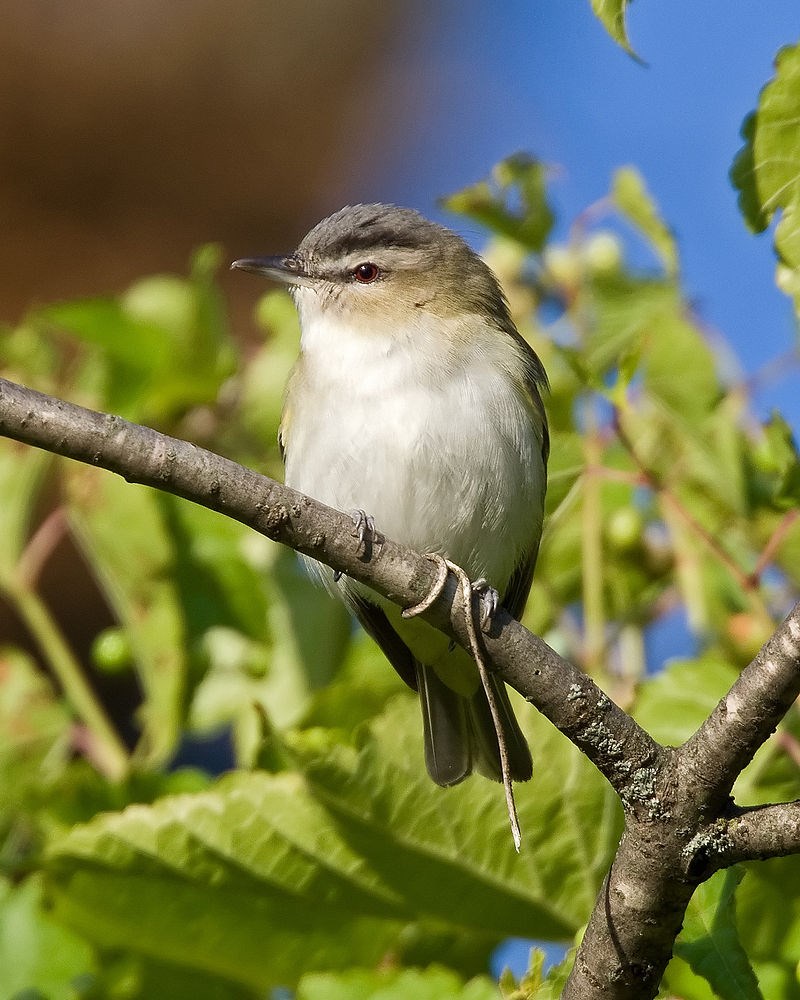There are between 60 and 70 species of birds with detectable migrational movements on the Sunshine Coast (depends on exactly how you score this). Most of these are species that arrive to spend the summer with us, but others are just passing through en route to some other place, usually further north. As of May 18, all of these species have been reported for the year, except for the three perennial late arrivers, common nighthawk, black swift and red-eyed vireo. The vireo usually arrives about May 24, while nighthawks often appear about June 1.
Some of these migrants appear in huge numbers while others barely register at all. One of the most populous migrants is the ruby-crowned kinglet, which is super-abundant in late March and all through April, but has largely completed its passage through our area by May 1. This species will reappear again in September and will winter with us. Among the very scarce migrants to visit us this spring there has been a single report of yellow-headed blackbird (Jack Pope), a single dusky flycatcher and a single western kingbird (both John Hodges) and a single Brewer’s sparrow (Fianna Blythe). Two scarce but regular migrants can be found periodically right now on the pond at the Sechelt Marsh: blue-winged teal and cinnamon teal. They are only passing through, so time is of the essence if you wish to see them. Townsend’s solitaire is a gray, thrush-like bird that is usually an uncommon transient in April but it was particularly scarce this year for no apparent reason.
On May 11 a male house wren arrived in the vicinity of my garden on Redrooffs Road. How do I know when he arrived? Well, he sings loudly and persistently for most of the day. This bird (same one?) was also present last year. When I heard the bird singing last year I put out a nestbox on a tall stump and the bird immediately adopted it and filled it with twigs. However, it was not used to raise a family. House wrens have some unusual habits, one of which is that the male builds a number of nests, up to six, and the female then selects which, if any, of the residences meets her high standards. Speaking as a male, I feel fortunate that I am not a house wren!
House wren is a very recent colonizer of the Sunshine Coast. The species was always present on Vancouver Island and in the Lower Mainland but absent from the Sunshine Coast. It first appeared in 1993 and after a stuttering start has recently become a common summer resident. The birds are present in brushy suburban areas and gardens, and especially in brushy, low elevation regenerating clearcuts. To report your sightings or questions contact [email protected] or 604-885-5539. Good Birding.



